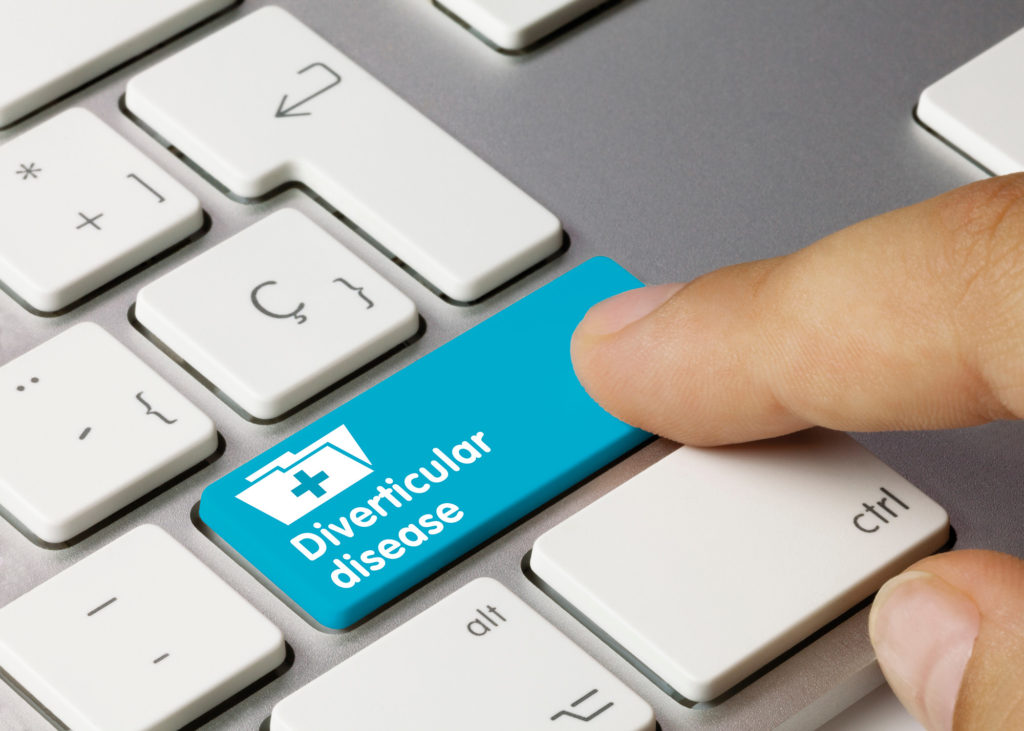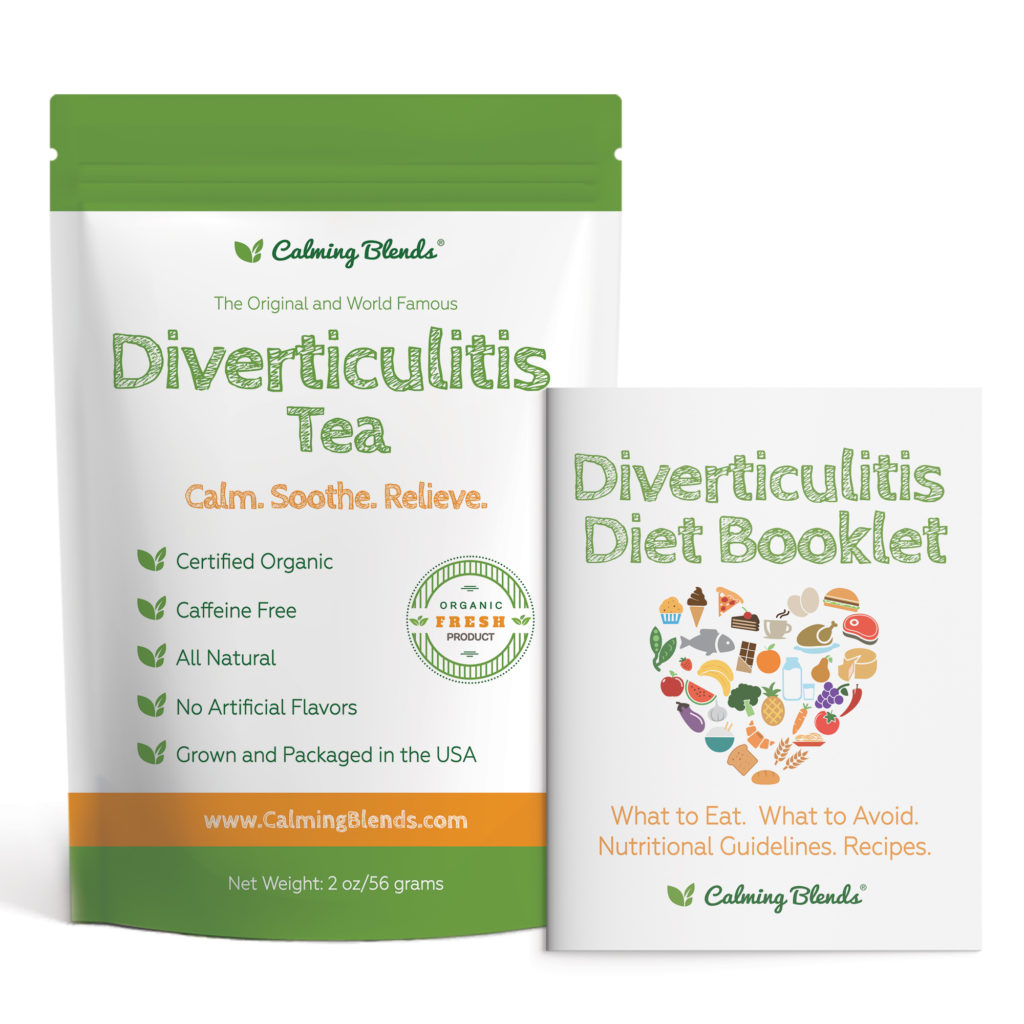How to prevent Diverticulitis through diet, lifestyle modifications and Exercise
In almost all cases, Diverticulitis starts with Diverticulosis – a condition in which pea-sized pouches called diverticula bulge outward from the colon, affecting roughly half of all Americans aged 60 to 80. Almost everyone over the age of 80 has it.
These pouches are usually harmless, but if they become inflamed or infected, the result is diverticulitis, which causes symptoms such as fever, nausea, vomiting, and pain or tenderness in the lower abdomen. It’s unclear why this happens, but it’s widely assumed that the pouches become infected when stool or bacteria become trapped in them. It is believed that constipation is one of the most common factors of these pouches, or diverticula.
Diagnosis by a doctor and learning that you have diverticulitis
Diverticulitis should be confirmed with a CT scan by your doctor because the symptoms can mimic other conditions such as inflammatory bowel disease or stomach flu. Episodes can last anywhere from a few hours to several days and can reoccur at regular intervals or after a long period of time.
Preventing the occurrence of diverticulitis through diet
You may be wondering if a high fiber diet is the answer to treating diverticulitis. After all, fiber fights constipation by softening stools, allowing them to move more easily and comfortably through your gastrointestinal (GI) tract. While this is correct, what you should eat depends on the stage of diverticulitis you are experiencing at the time.1
A diverticulitis flare-up, for example, necessitates one approach, typically involving a clear liquid diet, followed by diet management once your condition is under control.
Drinking plenty of fluids and eating a high-fiber diet can help prevent diverticulosis. Diverticulosis is less common in places like Asia and Africa, where people eat diets high in vegetable fiber, compared to the typically low-fiber diets in America and Great Britain, according to studies. 2
The American Dietary Guidelines recommend at least 25-30 grams. Fresh fruits and vegetables, beans, nuts, corn, and foods containing wheat bran are the best sources of fiber.
If you are having trouble getting enough fiber in your diet, a fiber supplement such as Benefiber or Metamucil may be of assistance. Per their manufacturer, a tablespoon of any of these adds about 5 to 6 grams of fiber to your diet.
Your doctor may also recommend over-the-counter stool softeners to avoid constipation. However, without consulting your doctor, do not use suppositories or laxatives for constipation on a long-term basis. Natural laxatives include prunes, prune juice, and psyllium seed. Specially formulated teas to combat constipation are available in health food stores, but some of them can be quite potent, so use them only as directed. Avoid products containing senna (Cassia senna), which is a particularly potent herbal laxative that can become addictive. Senna can also cause staining of the colon lining, which can lead to a condition known as melanosis coli. Polyethylene glycol (MiraLax) is an effective laxative for relieving constipation in the short term. Long-term constipation can be treated with prescription drugs such as lubiproston (Amitiza). Discuss these medications with your doctor.
Can Exercising Help with Diverticulitis?
According to studies published in the American Journal of Gastroenterology and National Library of Medicine3 (reference below), People who work sedentary jobs are more likely to get diverticular disease (e.g., office setting). Also, vigorous exercise can lower a person’s risk of getting the disease by a lot. In a recent 18-year study of about 50,000 US men between the ages of 40 and 75, researchers found that those who were physically active were less likely to have problems with diverticular disease. Also, people who ran regularly had a much lower chance of getting diverticulitis and diverticular bleeding. Other forms of vigorous activity, like biking, swimming, and tennis, showed only a small reduction in the risk of complications, while light and moderate exercise had no direct effect on the participants’ risk of complications.
Researchers say that running and jogging may lower colonic pressure, speed up the movement of food through the digestive tract, and make you go to the bathroom more often. All of these things are linked to a lower risk of diverticular complications. On the other hand, the study found that overweight, inactive men were at a very high risk of complications from diverticular disease.


